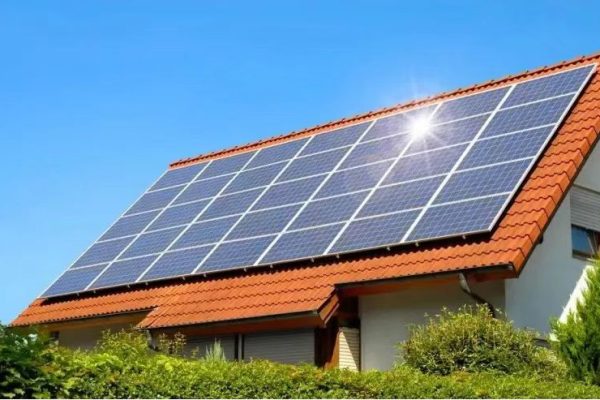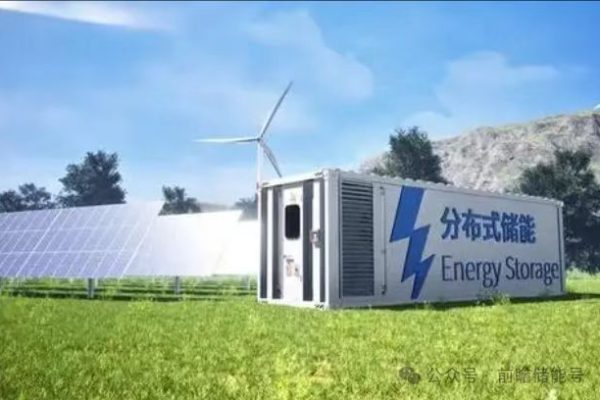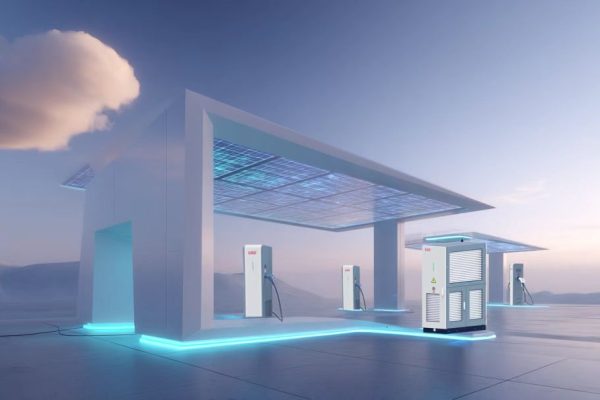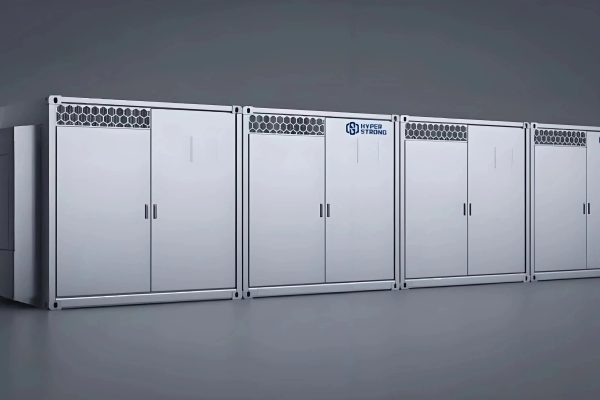Building Confidence and Capability Across Borders
1. Why Overseas Agent Training Matters
As clean energy systems—especially PV, energy storage, and hybrid inverters—become more technical, overseas agents are no longer just salespeople. They must:
- Explain key product benefits clearly
- Handle first-level customer troubleshooting
- Coordinate basic configuration or commissioning
- Communicate customer feedback to your team
Yet many manufacturers or distributors fail to equip their agents with the product understanding, messaging, and tools they need to succeed abroad.
Well-structured training can turn an overseas agent into a trusted local expert, reducing support costs and boosting brand loyalty.
2. Training Objectives: What Agents Should Know and Do
When planning a training program, focus on these 4 core outcomes:
| Objective | Details |
|---|---|
| 1. Understand the product | Features, specs, variations, compatible systems |
| 2. Demonstrate value | Translate technical specs into customer benefits |
| 3. Handle pre-sales and post-sales questions | Common troubleshooting, configuration logic |
| 4. Communicate with HQ effectively | Feedback reporting, spare parts, claim process |
You’re building more than knowledge—you’re building confidence and consistency.
3. Segment Your Audience First
Not all agents need the same training depth. Divide them into:
- Tier 1: Tech-Savvy Partners
Agents who install, configure, or support your product on-site. - Tier 2: Sales-Only Representatives
Agents who present the product but rely on a local installer or distributor for support. - Tier 3: New Agents / Trial Phase
Learning the product and your value proposition for the first time.
Tailor depth, language, and materials accordingly.
4. Training Structure: 3 Phases for Maximum Impact
🔹 Phase 1: Foundational (Online Self-Paced)
Purpose: Build base knowledge in a repeatable way
Format: PDFs, videos, slide decks, quizzes
Modules Might Include:
- Company introduction & positioning
- Product overview (categories, specs, use cases)
- Key value propositions per region/segment
- System diagrams (PV + ESS, off-grid, hybrid)
- Safety basics and certification standards
Tools: Use platforms like Google Classroom, Notion, or LMS platforms for tracking.
🔹 Phase 2: Live Interactive Sessions (Online or In-Person)
Purpose: Apply knowledge + ask questions
Format: Zoom, Teams, or small-group local workshops
What to Cover:
- Live product demo or unboxing
- Installation walkthrough (remote or video-based)
- Real-world sales scenarios and roleplay
- Common errors and how to avoid them
- Q&A with technical or product team
Tip: Record all sessions and organize in a portal or drive for replay access.
🔹 Phase 3: Certification & Support Tools
Purpose: Validate and empower
Format: Tests + toolkit access
Includes:
- Short knowledge test (20–30 questions)
- Agent certification or badge
- Access to tools:
- Sizing calculators
- Installation manuals
- Error code list
- Warranty claim guide
- Datasheets and pitch decks (localized)
Provide a private online folder per agent/company.
5. Content Localization: Don’t Skip This Step
Agents need material that fits their region’s needs and language. Localize:
- Voltage/frequency ranges (e.g., 230V vs 120V)
- System use cases (e.g., backup vs self-consumption)
- Language translation (not just auto-translated)
- Certifications (e.g., CE, UL, IEC, etc.)
- Marketing claims (adapted for regional pain points)
Even simple diagrams can reduce confusion across language barriers.
6. Onboarding Timeline (Suggested)
| Week | Activity |
|---|---|
| 1 | Send welcome pack + product intro video |
| 2 | Assign self-paced modules (with deadline) |
| 3 | Schedule live training (1–2 sessions) |
| 4 | Conduct test + issue certification |
| 5+ | Ongoing support access + monthly updates |
7. Common Pitfalls to Avoid
🚫 Overloading agents with engineering-level details
Focus on what helps them sell and support—not every firmware update.
🚫 Assuming they’ll “read the manual”
Use visuals, real-world examples, and scenario-based learning.
🚫 No follow-up
Without reinforcement, most content is forgotten in 2 weeks. Add quarterly refreshers.
🚫 Ignoring their feedback
Training is a two-way street—ask them what works and what doesn’t in the field.
8. Bonus: What to Include in a Sales Toolkit
Give every agent a digital “Go Kit” with:
- 1-page product summary (with photos)
- Price list with MOQ / shipping details
- Installation photo examples
- Common FAQ sheet
- Product comparison vs competitors
- Contact list for regional support
Make this available offline too (PDF, USB drive, or shared folder).
9. Train Once, Support Less
Your overseas agents represent your brand in markets you can’t physically reach. A structured training plan:
- Ensures accurate product representation
- Reduces warranty and support burdens
- Increases trust and loyalty
- Speeds up market penetration
Don’t just hand them a catalog—give them tools, stories, and confidence.









